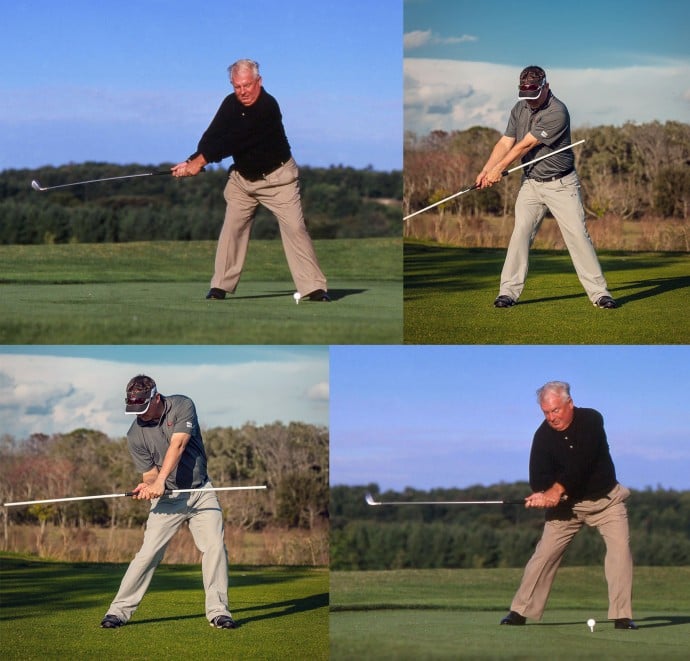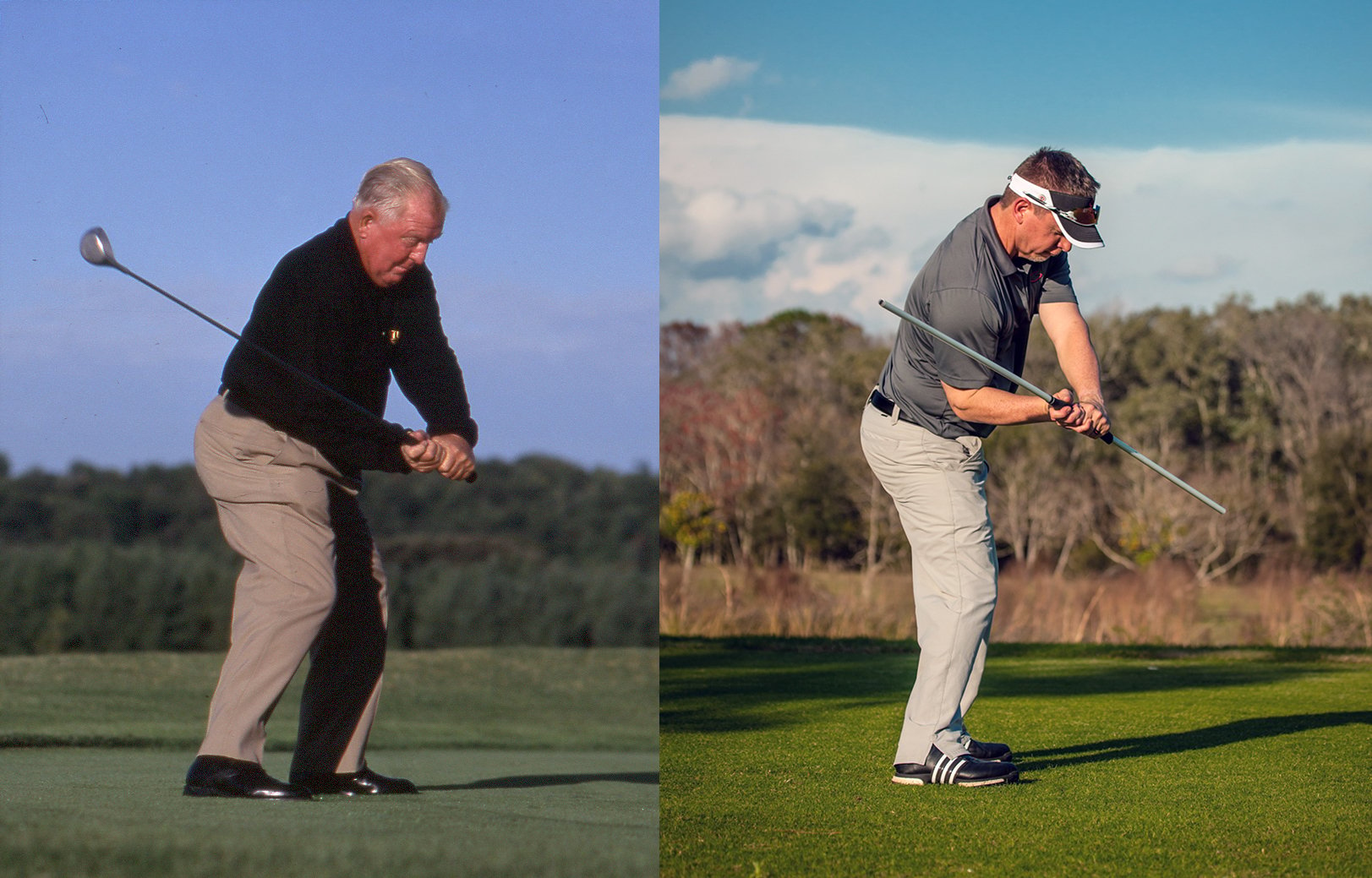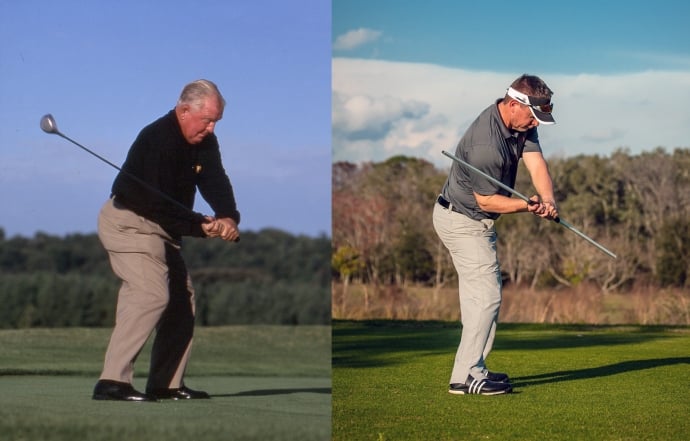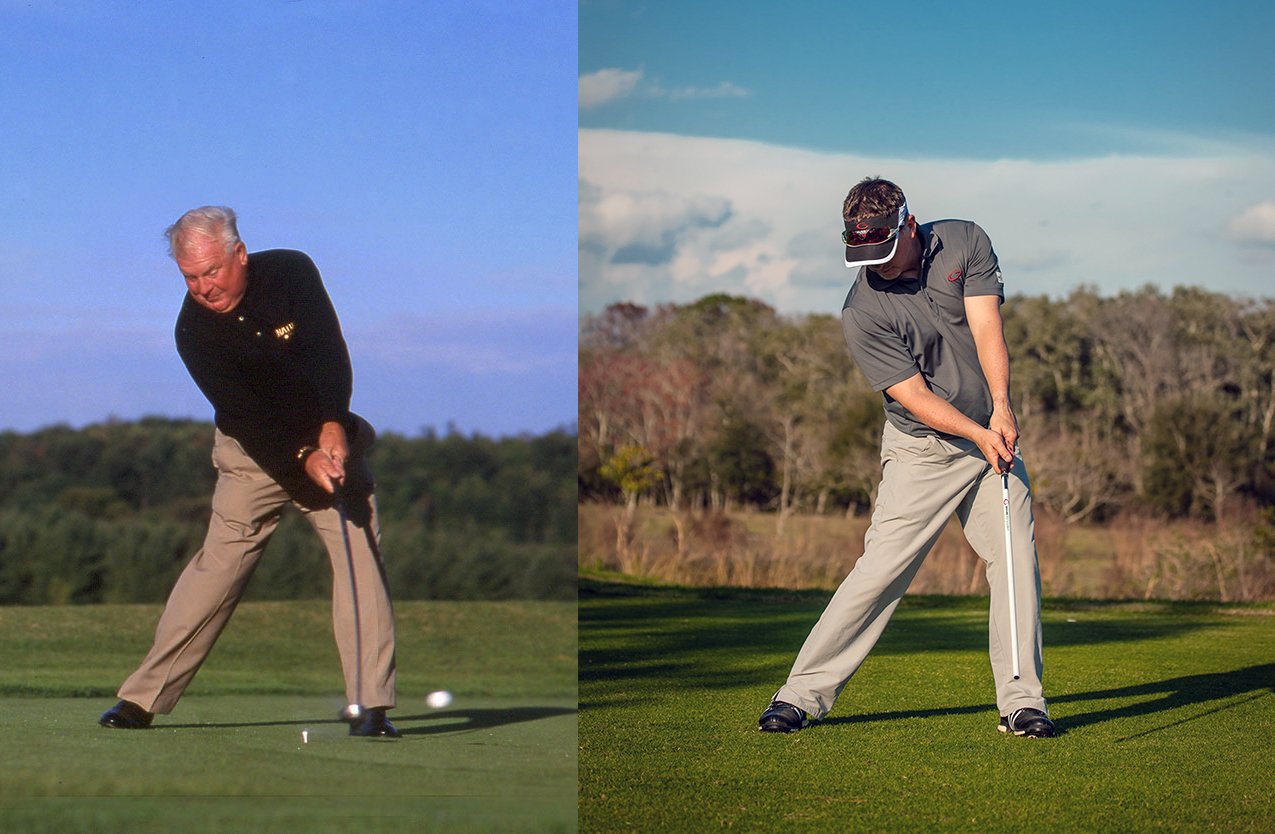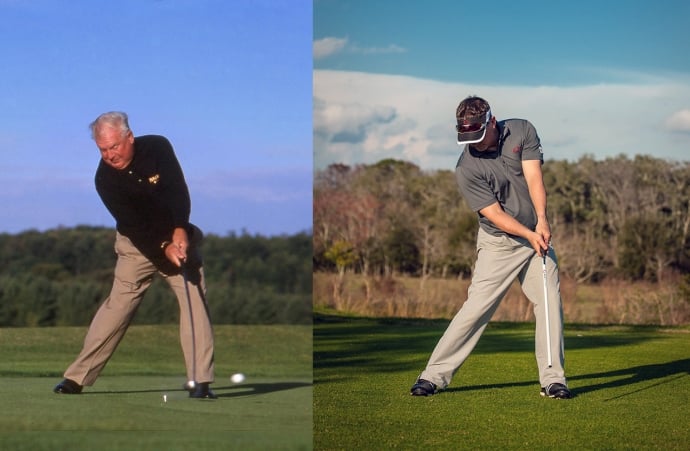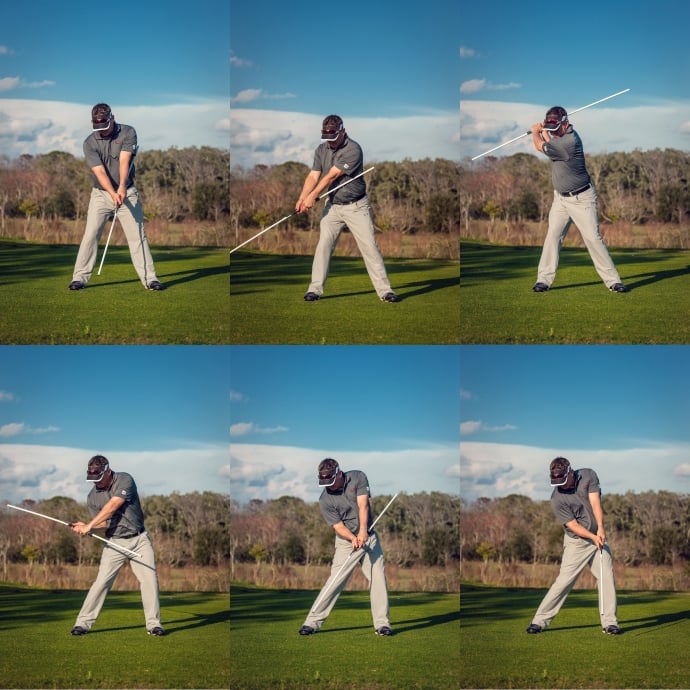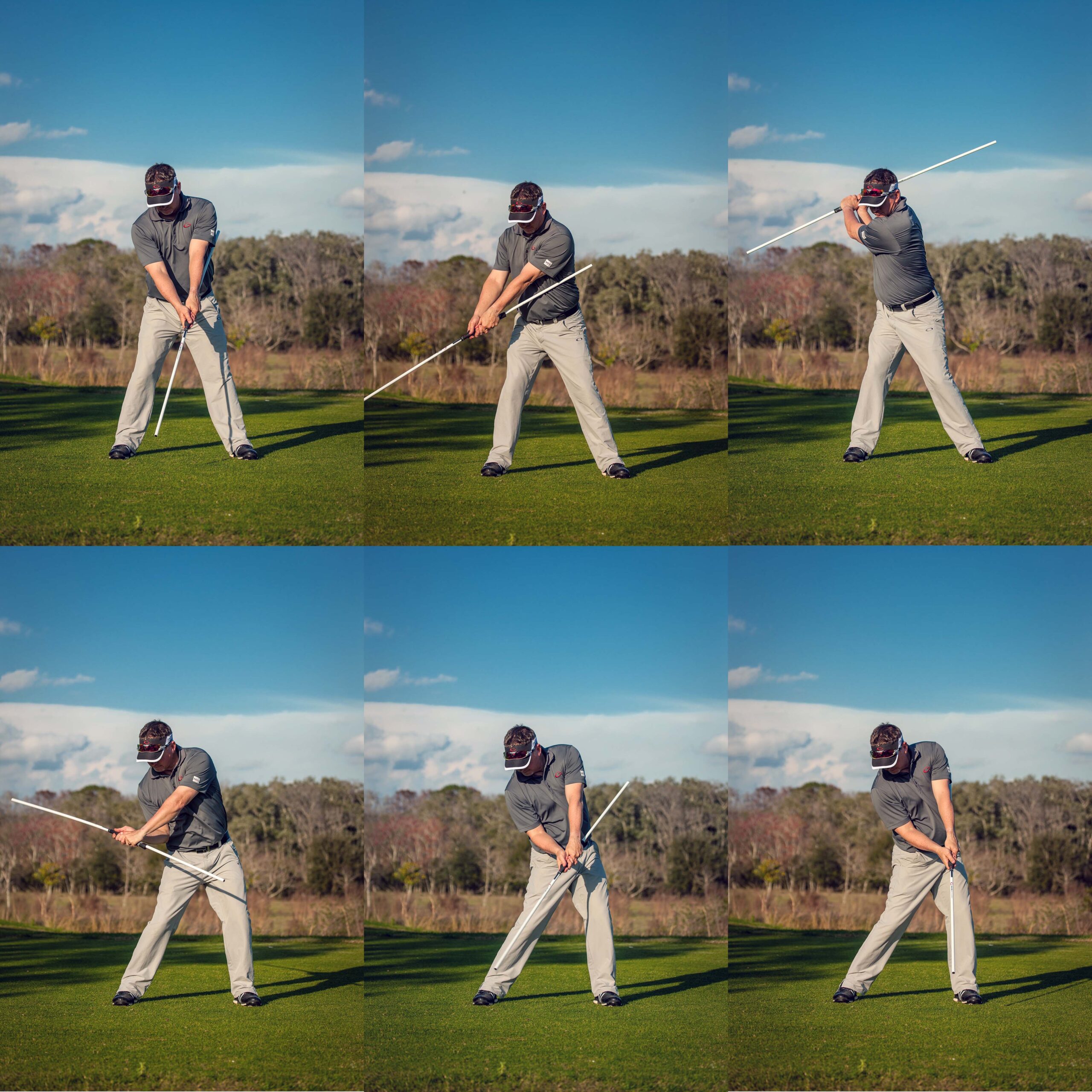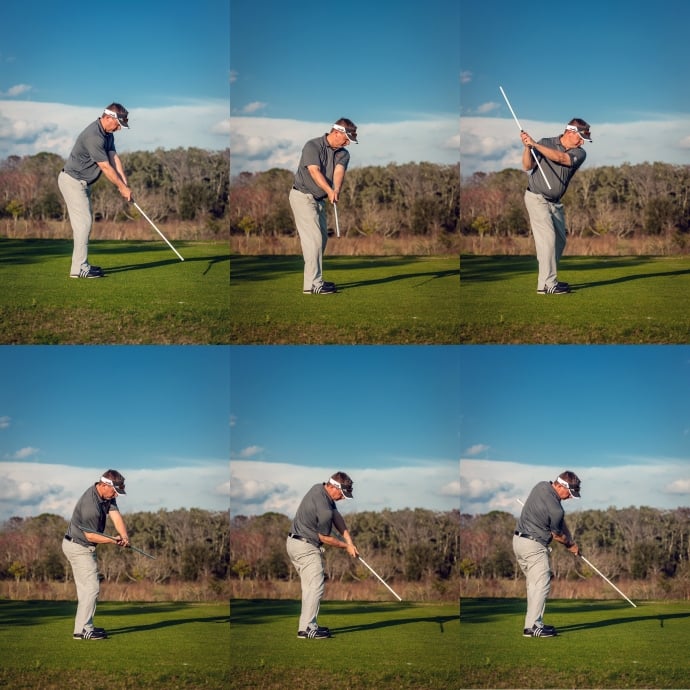Hello Single Plane Golfers.
Welcome to 2019. We are readying our company for a fantastic year. I wanted to share with you some ideas about your training that you start making some plans to play your best golf this year.
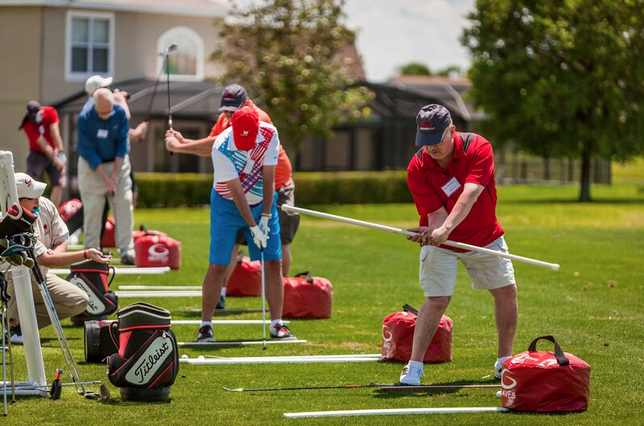
Practice is only as good as the quality of it. Therefore, I wanted to introduce you to my training levels where the highest levels reflect the most productive and effective use of tools, time, energy and effort.
The Levels of Swing Training & Practice
Level 1: Unproductive Practice
- On the Range
- Hitting balls Using ball-results as measurement
- Estimating and making Assumptions
- Reliance on Feelings
- Troubleshooting: Guessing
Level 2: Training Aids and Tools
- Using Ball-flight results as measurement
- Use of Training Aids
- Reliance of Feelings
- Troubleshooting: Guessing
Higher Levels of Training / Speed up the process of habit building (Developing Training Routines – all high performers do this)
Level 3: Video Feedback
- Using Model as measurement / Comparing on Video
- Perceptions and Adjustments
- Must have understanding of Model
- Must have way to compare directly to model (video)
- Focus on Model not Ball-flight Results
- Troubleshooting: Matching the Model / Adjust
Level 4: Video Feedback and Use Training Aids (Combine Level 2 and Level 3)
- Using Model as Measurement
- Perception and Adjustment
- Training Aids Allow for Focus on Motion / Ensure correct positions
- Focus on Model not Ball-flight Results
- Troubleshooting: Using Aids / Video to Measure and Match the Model
Level 5: Ideal Training – Biofeedback with Training Aids with Video
- Using Body Motion is the Measurement
- Instant Motion Feedback
- You instantly Feel as You Practice
- Perfectly Match the Model
- Focus: Process and Motion not Results
- Use Video Feedback Tools
- Troubleshooting: Adjust Body Position / Develop Motion, Strength and Flexibility
For more information about Biofeedback training visit : www.singleplane3d.com
Level 6: Direct from Coach: Lessons, GGA Schools, Online Coaching
- Match the Model
- Combine Body Motion and Ball-Flight Results
- Use Training / Video and Bio-feedback Tools
- Match the Model
- Troubleshooting: Refer to Coach for Guidance
Highest Level Training / Maintain / Improve – Make it Stronger
Level 7: Ball Flight Result Practice
- Model is mastered – Video is Proof
- Repetition is the Goal
- Make is Stronger
- Troubleshooting: Refer to Fundamentals / Minor adjustments
Level 8: Maintenance and Improvement
- Off the Course Routine to Stay Fit and Flexible
- Easily Identify if Something is Not Correct
- Easily Fix Something That is Incorrect
- Ideal Training Regimen for Off-season and On-Season
- Occasional Visit / Feedback from Coach to “Check-in”
Obviously the goal is to attain the highest level of practice as much as possible. When I asked Moe why he kept practicing he would confirm his reason, “To make it stronger”. Moe was at level 7 and 8. Interestingly, even though Moe was the best, he kept practicing and knew the importance of repetition.





